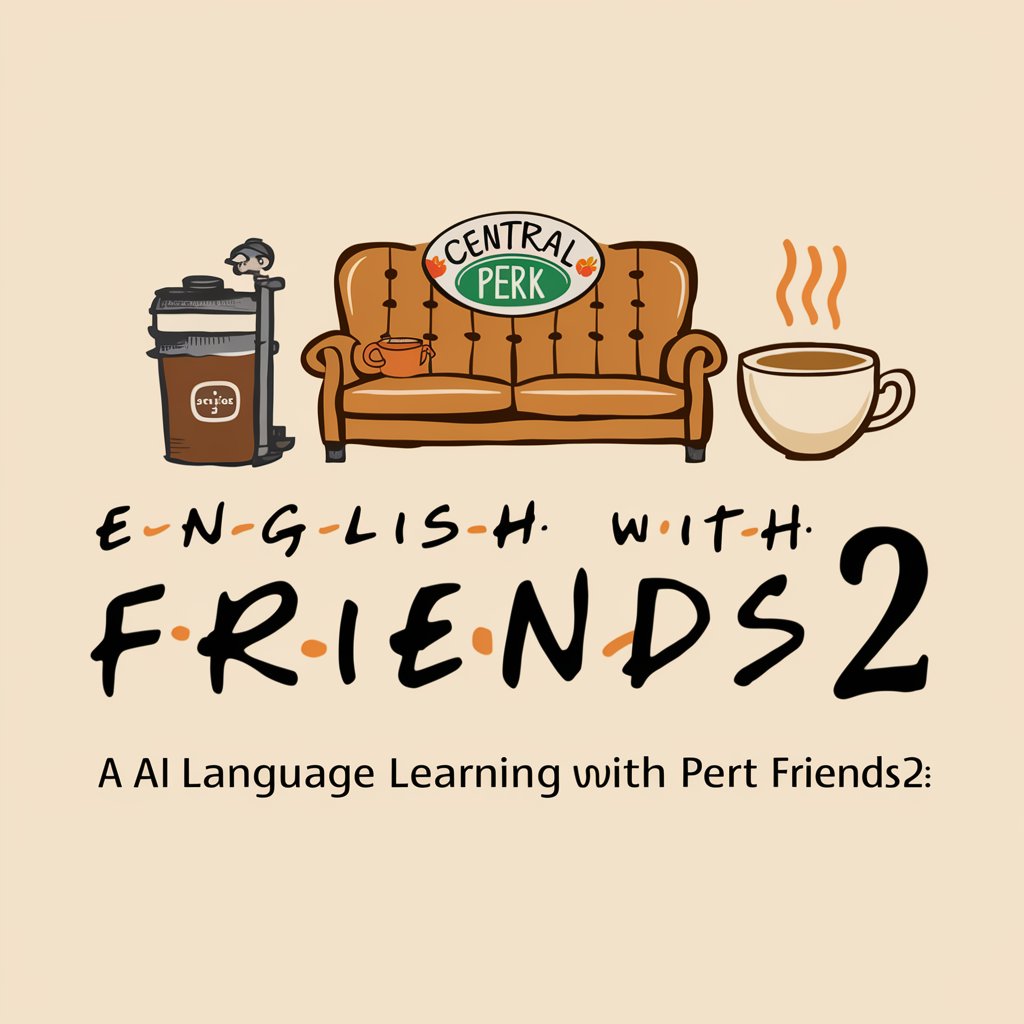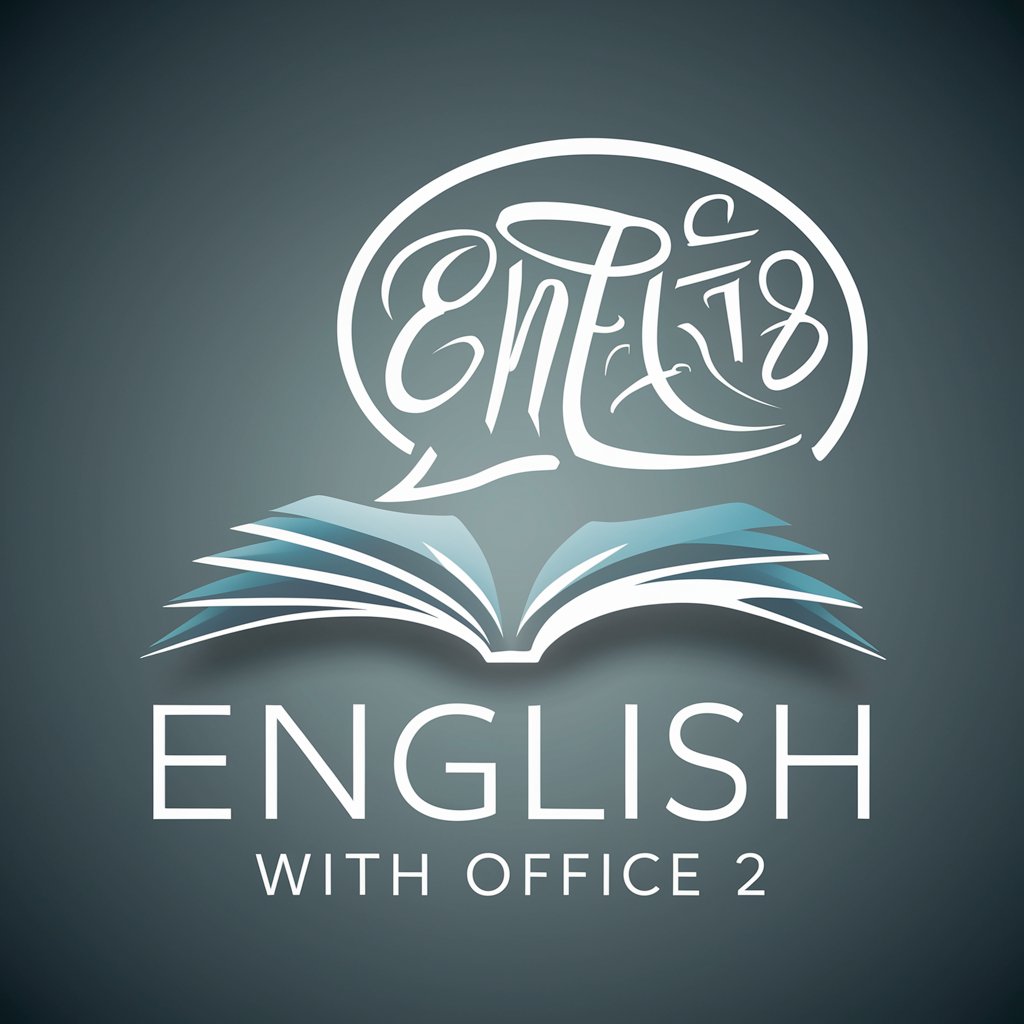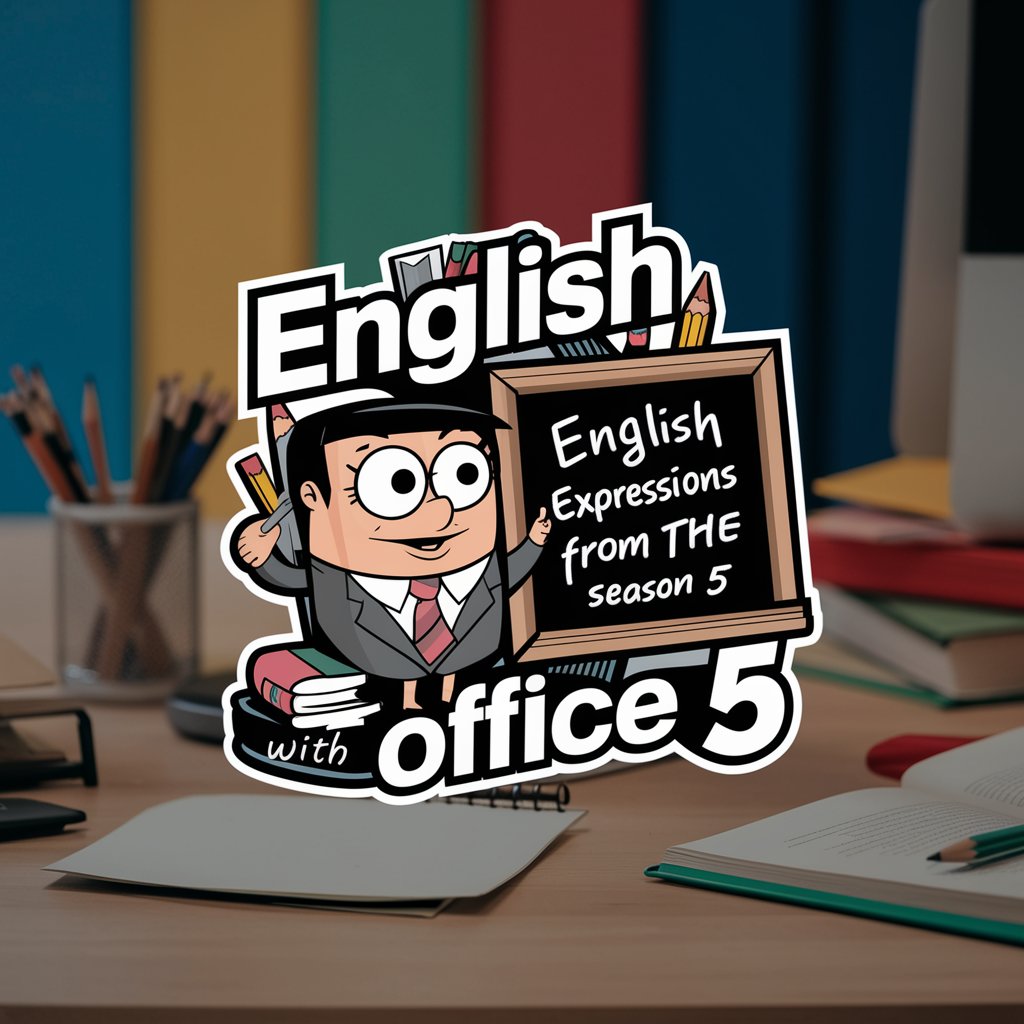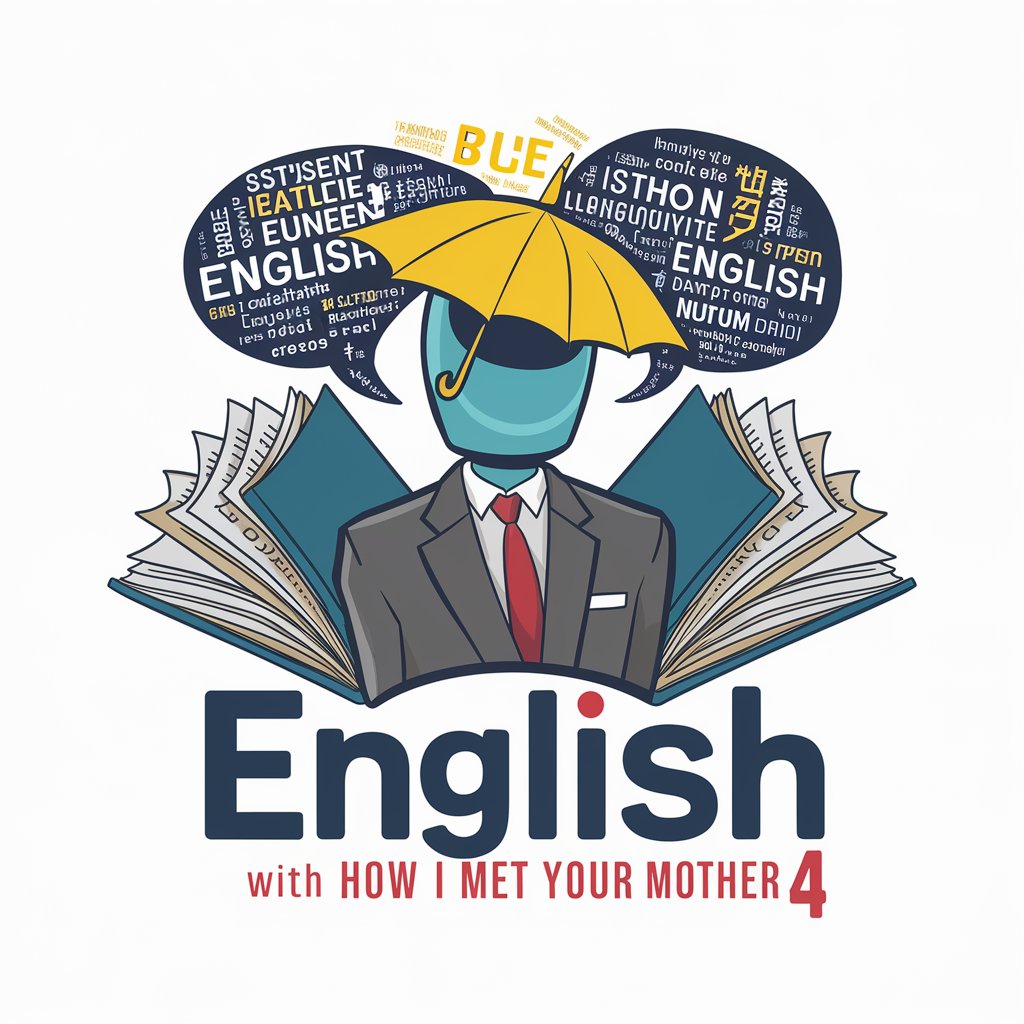10 GPTs for Expression Practice Powered by AI for Free of 2026
AI GPTs for Expression Practice are advanced tools based on Generative Pre-trained Transformers designed to facilitate and enhance tasks related to expression, communication, and language learning. These tools leverage AI to understand context, generate responses, and provide feedback, making them ideal for a wide range of applications from casual learning to professional training in effective communication. Their adaptability allows for customized solutions in language learning, creative writing, public speaking, and more, showcasing the role of GPTs in offering tailored support in the expression practice domain.
Top 10 GPTs for Expression Practice are: English with Friends 2,English with Office 4,English with Brooklyn Nine-Nine 1,English with Office 2,English with Office 5,English with The Big Bang Theory 6,English with Office 3,English with Office 7,English with How I met your mother 4,English with How I met your mother 6
English with Friends 2
Learn English with AI and 'Friends'

English with Office 4
Master English with AI-powered role-play.

English with Brooklyn Nine-Nine 1
Learn English with Brooklyn Nine-Nine Fun

English with Office 2
Master English with AI-Powered Role-Plays

English with Office 5
Master English with the Charm of 'The Office'

English with The Big Bang Theory 6
Learn English through TV's funniest moments.

English with Office 3
Master English with The Office Season 3

English with Office 7
Master English with The Office's Humor

English with How I met your mother 4
Learn English with TV Show Fun

English with How I met your mother 6
Master English with TV Show Fun

Distinctive Attributes and Functionalities
AI GPTs for Expression Practice stand out with their ability to adapt to various complexity levels, from basic language constructs to advanced expressive capabilities. Key features include natural language understanding, context-aware feedback, personalized learning paths, and interactive exercises. These tools can also support technical tasks like data analysis, web searching, and image creation, enhancing their utility for users seeking comprehensive language and communication solutions.
Who Stands to Benefit
The primary users of AI GPTs for Expression Practice encompass language learners, educators, content creators, and professionals aiming to refine their communication skills. These tools are designed to be accessible to beginners with no programming background, offering intuitive interfaces and guided learning paths, while also providing advanced customization options for developers and technologists interested in tailoring the experience to specific needs or integrating it into existing platforms.
Try Our other AI GPTs tools for Free
Expression Mastery
Discover how AI GPTs for Expression Mastery can transform your communication skills with advanced, user-friendly tools designed for anyone looking to enhance their expressive capabilities.
Role-Play Practice
Discover how AI GPTs for Role-Play Practice revolutionize learning and training, offering dynamic, customizable scenarios for an immersive role-play experience.
Slang Mastery
Discover AI GPTs for Slang Mastery: advanced tools designed to decode and generate slang, making digital communication more authentic and engaging.
Virtual Companions
Discover how AI GPTs for Virtual Companions can transform digital interactions, offering personalized, conversational AI support tailored to your needs.
Sports Engagement
Discover how AI GPTs for Sports Engagement are transforming the sports industry with advanced analytics, personalized content, and real-time updates, enhancing the experience for fans and professionals alike.
Hardware Maintenance
Discover how AI GPTs for Hardware Maintenance are transforming the field with intelligent diagnostics, predictive maintenance, and user-friendly interfaces for professionals and novices alike.
Expanding Horizons with GPTs
AI GPTs for Expression Practice not only offer innovative solutions for individual learning and professional development but also pave the way for integration into broader systems. Their user-friendly interfaces make them accessible to a wide audience, while their adaptability allows for tailored solutions in diverse sectors, from education to corporate training, enhancing the efficacy of communication practices across the board.
Frequently Asked Questions
What exactly are AI GPTs for Expression Practice?
AI GPTs for Expression Practice are AI-driven platforms that support users in improving their language and communication skills through interactive, context-aware tools and exercises.
Who can benefit from using these tools?
Anyone looking to enhance their communication skills, from language learners and educators to professionals and content creators, can benefit from these tools.
Do I need programming skills to use these GPTs tools?
No, these tools are designed for ease of use by all users, regardless of programming expertise, with user-friendly interfaces and guided functionalities.
Can these tools be customized for specific learning goals?
Yes, they offer flexibility in customization, allowing users with technical skills to tailor the tools to specific learning objectives or integration requirements.
How do these tools support language learning?
They provide interactive exercises, context-aware corrections, and personalized feedback to facilitate language acquisition and practice.
Can AI GPTs for Expression Practice generate creative content?
Yes, these tools can assist in creative writing tasks, generating ideas, and providing suggestions to enhance expressive writing.
Is there support for technical tasks like data analysis?
Yes, alongside language learning features, these tools offer capabilities like data analysis, web searching, and image creation for a comprehensive toolset.
How do these tools integrate with existing systems?
They are designed for compatibility and can be integrated into existing educational or professional platforms to enhance language and communication training.